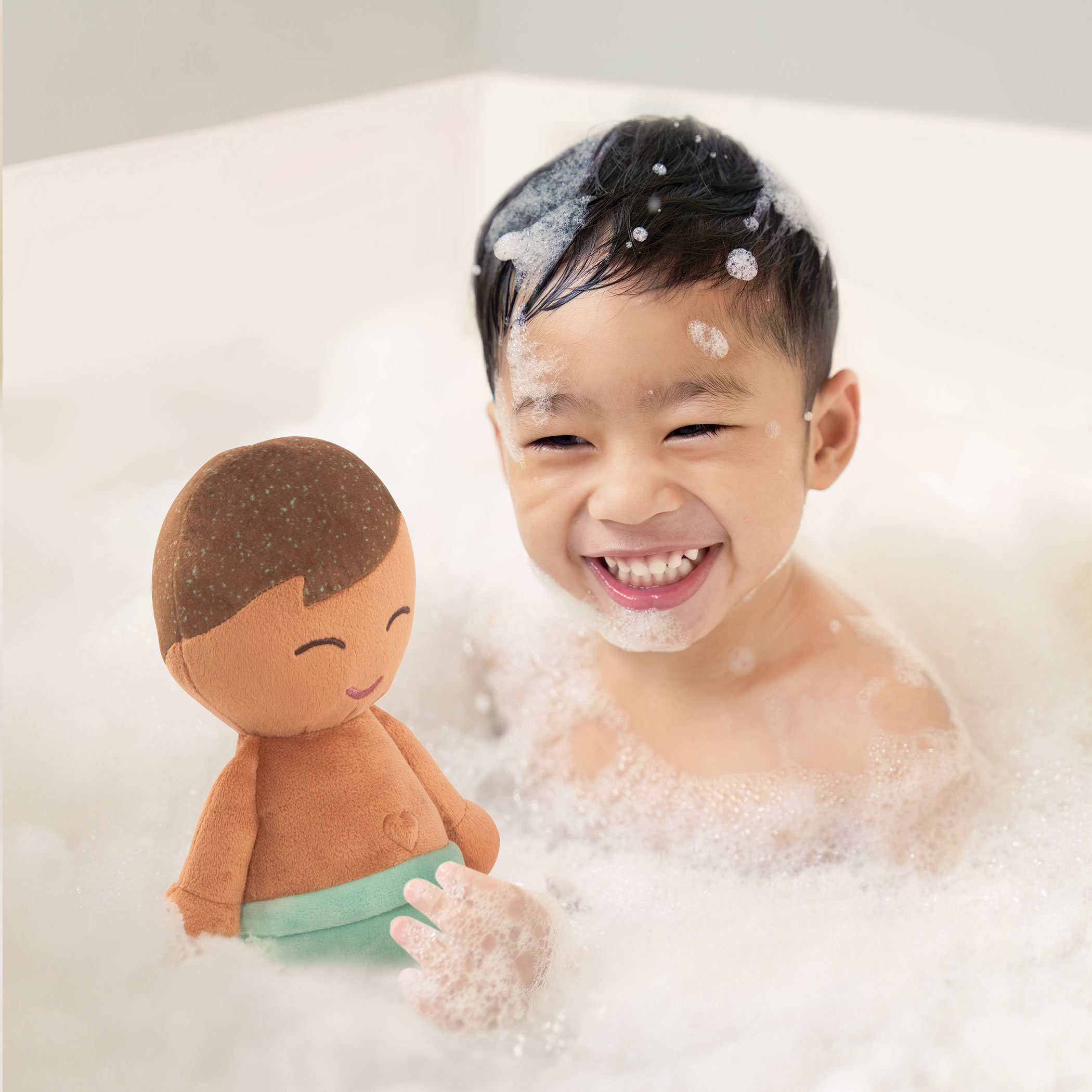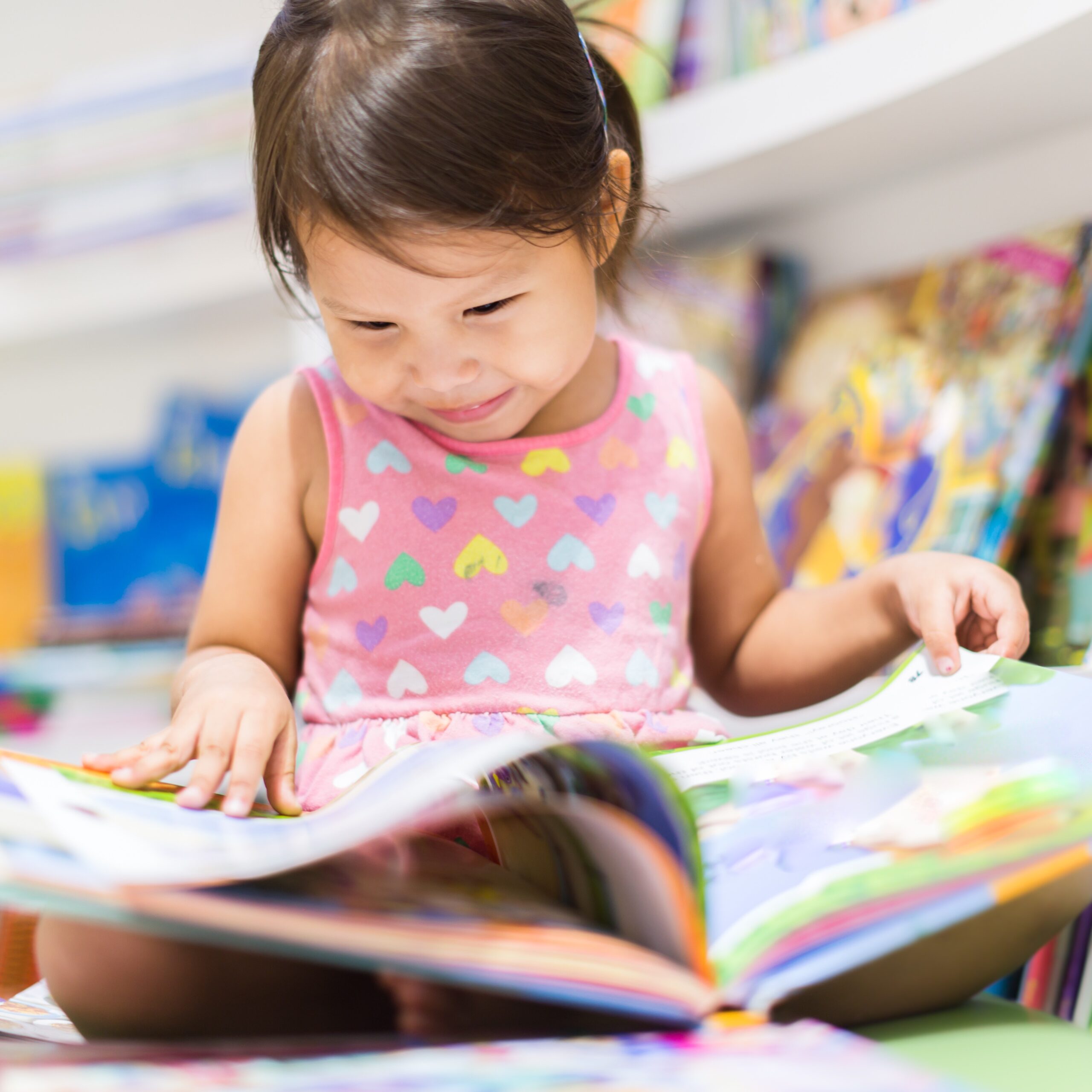
Teaching Kids About Feelings with Dolls
Children experience a rollercoaster of emotions each day without always understanding where those feelings come from. That means teaching kids about feelings can be tough. Baby dolls can help kids express themselves more easily and clearly, and help them better understand and interpret emotions in others. Through gentle, guided play and discussion, your little ones can explore emotions in a way that feels safe, natural, and comforting.


Teaching Kids About Feelings
Ask Questions
The first step to teaching kids about feelings is to ask your child how they feel or how they think others feel in specific situations. If your child does something wrong and starts to cry, ask them how they’re feeling and help them explain their mixed emotions.Let them know it’s okay to feel angry and sad, or frustrated and embarrassed all at once. Then talk them through those feelings until they start to feel better.
Identify Emotions in Books
A great exercise to identify emotions in others is through picture books. If a character is frowning, ask your child how they think that character feels. Identifying the emotion shouldn’t be too difficult, and once they master connecting smiles to happy and tears to sad, you can start to ask them why. Your child can slowly walk you through their train of thought, showcasing their reasoning and comprehension skills related to the events in the story.
Understand Emotions with Baby Dolls
Once your child seems clear on the basics, they can expand their emotional learning with dolls. Because dolls can’t show emotion, and their faces don’t react or change, children can explore emotions in a different way.
By acting out simple scenarios with dolls, you can help your child identify and understand how the doll feels depending on what happens to them. For example, if your child drops their doll, you might ask, “Oh no, how do you think baby feels right now?” and listen as they explain that their baby doll is hurt or sad. Then, ask what they can do to make baby doll feel better.
These simple scenarios lay the foundation for real-life conflicts. If your child hurts someone, practice saying sorry and providing comfort. These small moments help little ones connect actions with emotions, building empathy and awareness.
Recreate moments from the day
Another great way to teach kids about feelings with baby dolls is to reflect on real-life situations. Kids aren’t always forthcoming about their day at school or daycare, but if you use baby dolls and pick up on the right cues, you might discover more about their little lives than you normally would.
If your child has had a tough day, and you want to learn what happened, try acting it out with their doll. “Baby is sad because she didn’t get the snack she wanted at lunch. Is that why you’re sad too?” Keep trying different scenarios until their feelings come to light. Then, instead of asking them what would make them feel better, shift focus and ask, “What can we do to make baby doll feel better about that?” Problem-solving through play can help your child work through their feelings and find positive ways to cope with problems in a way that feels natural and free of pressure.
Children are more forgiving and open-minded when they role-play with baby dolls. Kids can be hard on themselves and hit a wall when it comes to direct questions and answers. Practicing kindness, patience, and nurturing skills with their dolls helps them to navigate their emotions and their relationships with others.

The Comfort of a Baby Doll
Sometimes, emotions feel too big to put into words, and teaching kids about feelings seems next to impossible. If your child needs a friend and not a teaching moment, baby dolls are great sources of comfort and security. Holding, cuddling, and taking care of their doll provides reassurance and offers a space and opportunity for them to process emotions at their own pace.
Each moment spent with a LullaBaby doll helps kids learn that emotions—big or small—are a natural part of who we are and that love and kindness are always the best ways to respond.
